Ever wondered why your food doesn't look and taste as good as your favorite restaurant, despite your very best efforts? And despite following the recipe exactly? I'm a professional recipe creator, and I think I have a clue... Here I gathered the most common cooking mistakes I see home cooks make. Get a handle on just a few of these 17 things, and watch your cooking game improve tremendously!
Not Salting Pasta Water

There are many rumors and opinions out there about how to cook pasta. In my opinion, the only thing that really matters is: don't forget to salt the water! Pasta water should taste like the sea, which means you need a lot of salt in there. Adding salt means the pasta will be more flavorful to start, and this will make the finished dish all the more delicious.
Pouring Away Liquid Gold

Speaking of pasta... it's easy to think that all we want is the pasta - and just pour out the water. But wait! That pasta water is worth a lot on its own (there's a reason chefs call it "liquid gold"!), and an essential component for making the best pasta with sauce.
Adding a bit of pasta water to your pasta sauce will do three things: season the sauce (remember the salt you added?), thicken it (thanks to all the starch from the pasta), and help the sauce cling to the pasta itself. For best results, always add the pasta to the sauce together with a bit of pasta water and allow to simmer for a few minutes before serving.
Overcrowding Your Pan
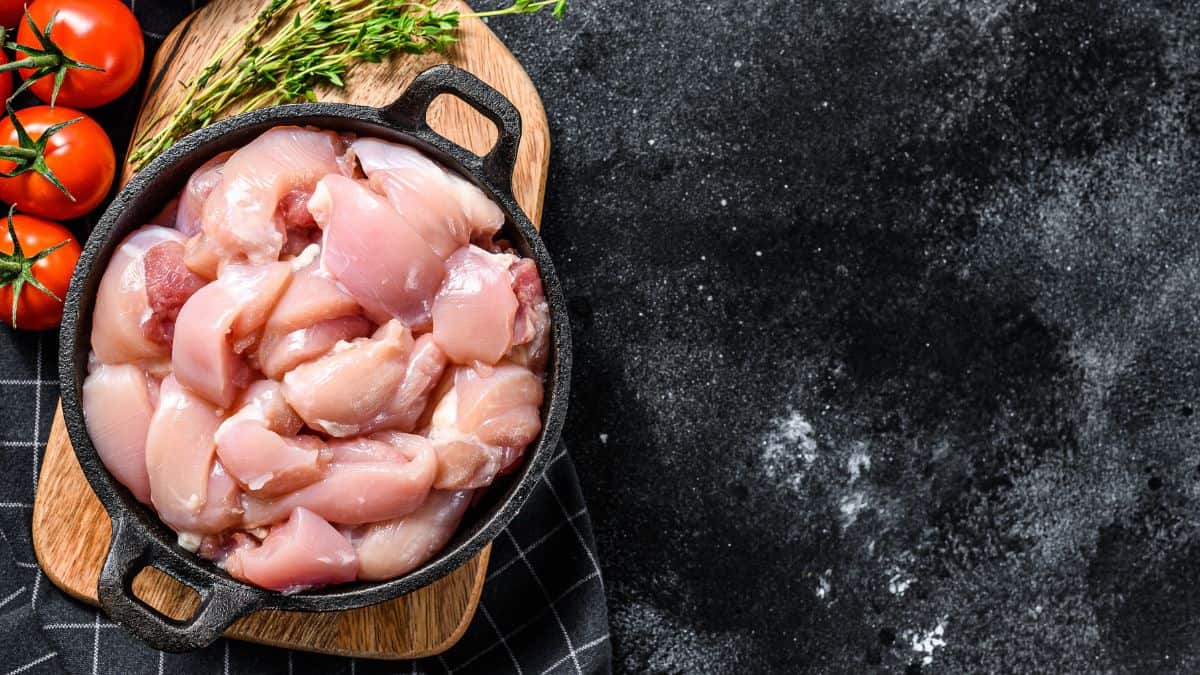
It can seem like a good idea to cram as much as you can into a pan and finish all those steaks or meatballs all at once. A good idea if you like boiled meat and hate a nice sear, that is! What happens when you do this is that as soon as you place all that food in the pan, it quickly cools down. And this is the opposite of what you want! You want that high heat to hit the meat to give you a nice sear. Since you don't get a nice sear, the meat will also release more liquid, hence; boiled meat.
Instead, make sure never to fill the pan to more than two-thirds, and cook in batches (or use a larger pan) if necessary.
Overcooking Chicken
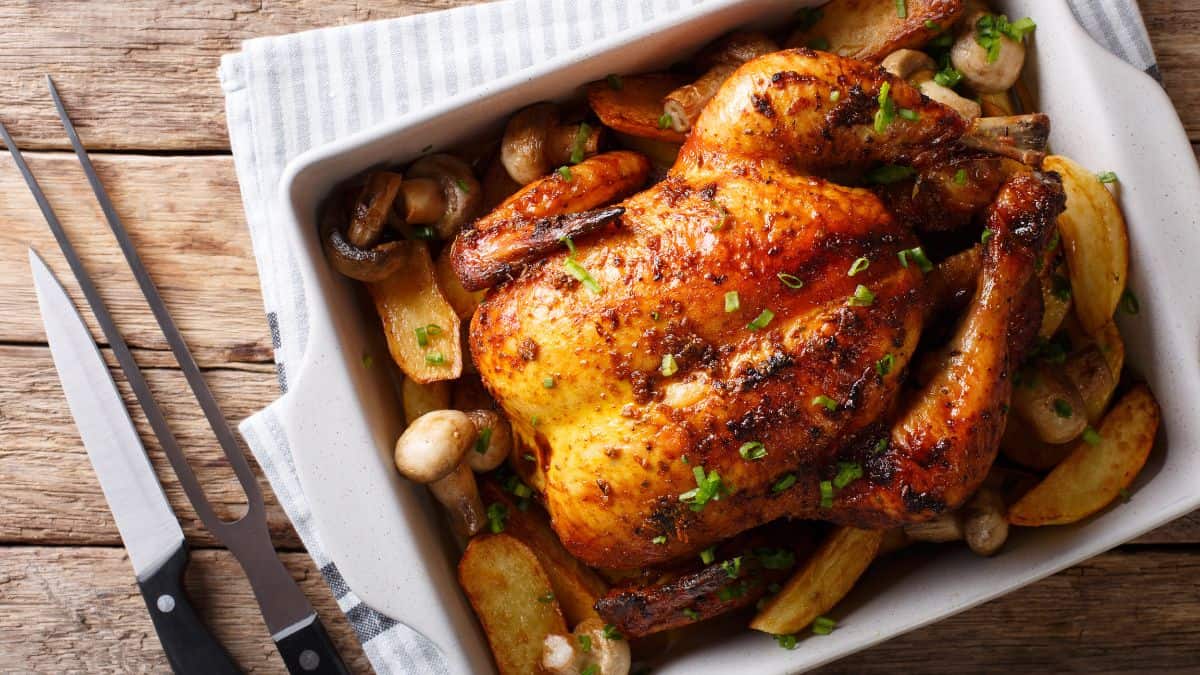
My sister, who is otherwise a really good home cook, is so terrified of getting sick from chicken, that every time she serves it, it could double as a napkin - that's how dry it is! While you definitely want to avoid food-borne illnesses, you can easily avoid both under- and overcooking by investing in a good meat thermometer, knowing your temperatures, removing it slightly before that, and letting it rest. This works for all types of meat, and will have your guests amazed at how juicy your cooking has become!
Too Little Salt

Home cooks are often afraid of salting too much, be it for health reasons or because they're afraid it's going to turn out too salty. But master chefs often go the opposite route: their biggest fear is that their guests will need to salt the food themselves! I once heard arguably one of the world's greatest chefs Björn Frantzén talk about salting food, saying that unless the food tastes a little bit salty, you've actually used too little salt. And having been to his namesake restaurant, I can attest to him not being shy with the salt...
Not Preheating The Pan

When cooking most foods, you want the pan to be really hot before you add in your fats, and then allow those to heat up well before adding whatever you're cooking. With oil, this means it's more liquid, almost watery, and with butter it means it's melted and "quieted". Adding food before this will give you a less-than-stellar result.
Burning Garlic

There's a fine line between well-sautéd and burnt garlic. Overcooking it results in a bitter taste that can ruin a whole meal. Instead of cooking it on high, sauté it gently to preserve its aromatic and flavorful qualities. Keeping the heat low helps to avoid the garlic burning, even if you're a novice cook.
Overmixing Batter
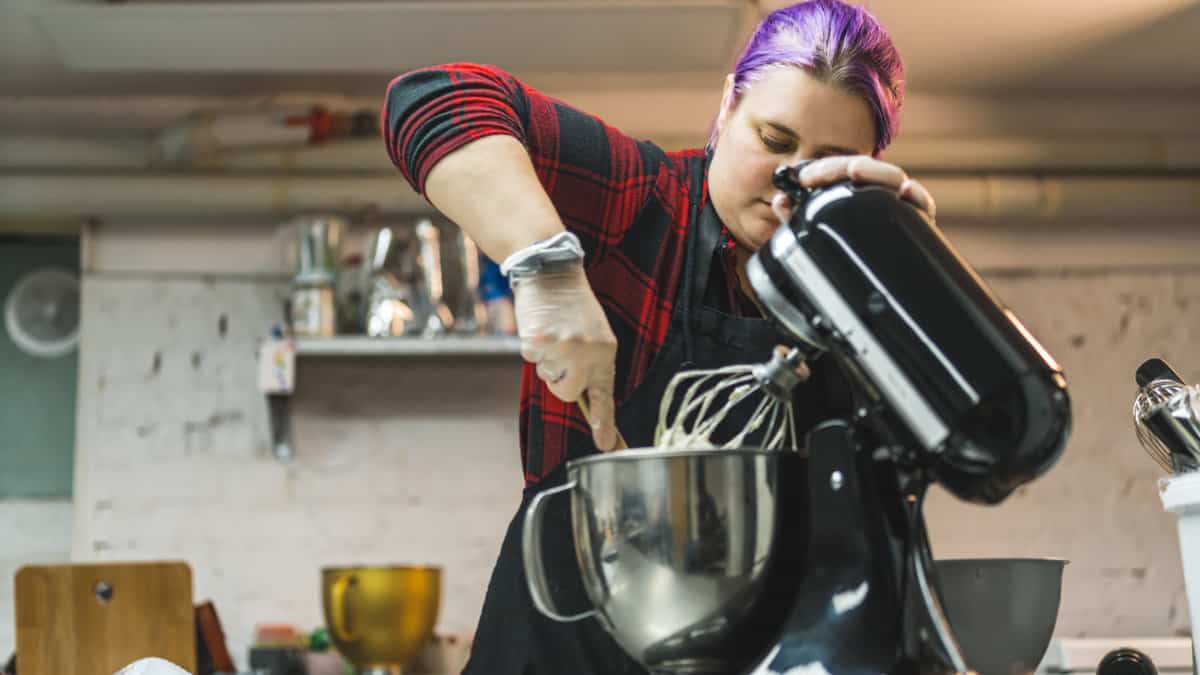
When baking, it's easy to think more mixing = better result. And this is true, to a certain point. You want to mix your butter and sugar super well, and your eggs, but after you add the dry ingredients, that vigorous mixing has to stop. Instead, just gently fold in the dry ingredients and once everything is combined, stop mixing. This is the secret to moist, light, delicious, muffins and cakes!
Dull Knives

If there's one thing I always do first when cooking at a friend's house, it's sharpen their knives. Most home cooks go through life with dull, dull, dull knives, and because of this, they end up hating everything that requires a really sharp knife: chopping onions, cutting tomatoes, slicing carrots... The list is endless because, really, almost everything you do in the kitchen requires a really sharp knife! Send your knives to a professional sharpener once per year, and invest in a good at-home sharpener for weekly use at home.
Everything On High

The desire for speed in the kitchen can lead to cooking everything on high heat, but this often results in burnt or unevenly cooked dishes rather than faster dinner. For best results you need to balance the heat, and know when to use high heat - and when it needs to be lower. If you're unsure, it's better to stick to medium heat than to end up burning your food!
Not Reading The Recipe First
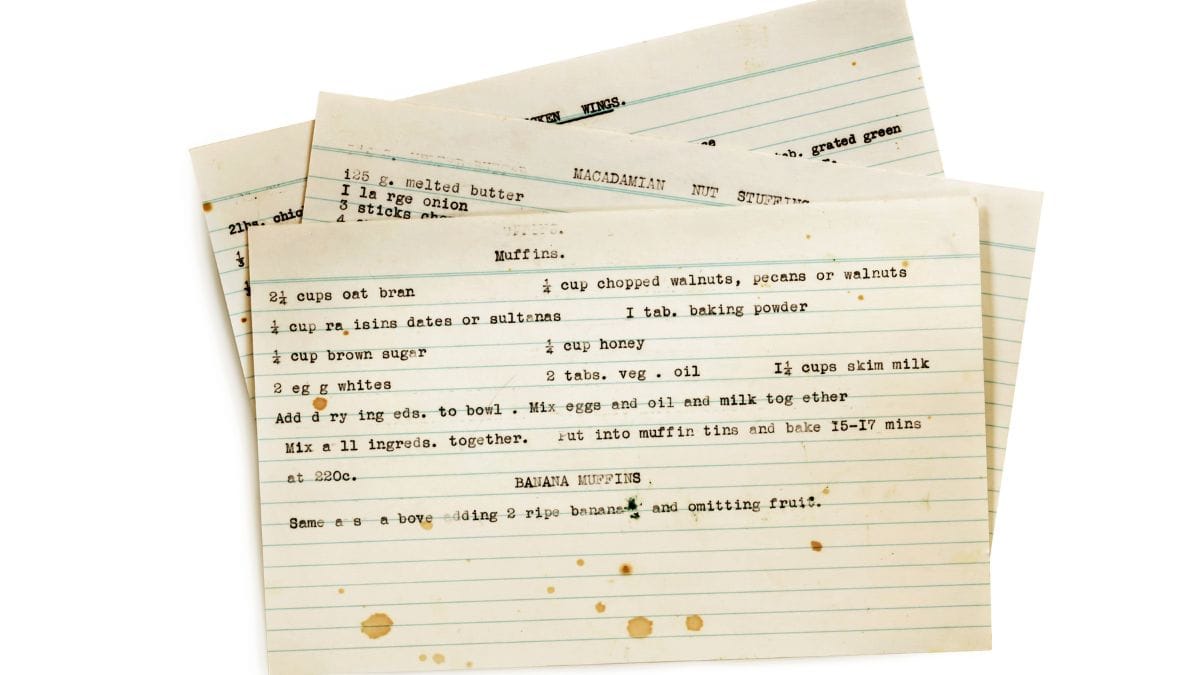
When cooking from a recipe, it can be tempting to just start at the top and work your way down, but for best results, you really should read through the recipe before you start. You'll then know what to prep ahead, what you can chop while the rest is cooking, and you'll notice those annoying fine print things like "refrigerate overnight" that can throw off your dinner plans completely if you don't see them in time... Yes, I've been guilty of this myself on multiple occasions!
Not Measuring Properly

Measuring is more important with certain dishes, like most kinds of baking, but for any new recipe you're trying out it's a good idea to start out measuring everything exactly. When baking, incorrect measurements can turn a dream cake into a disaster, so make sure to either weigh your ingredients or know how to properly measure a cup or tablespoon. Hint: one cup means one cup filled to the brim, but not overflowing, and, in the case of flour and other less dense ingredients, not packed.
Measuring before or after chopping ingredients can also make a big difference, so make sure to check exactly what the recipe says! If it says "1 cup chopped onion" this means you measure it after chopping. If it says "1 cup onion, chopped" then you should technically measure the onion before chopping.
All That Touching

Constantly stirring and fiddling with food can hinder proper browning and texture development. Learn the correct techniques so you know when you want to mix, and when not. Want something to develop a nice sear? Leave it alone. Sauté garlic? Go ahead and mix, but not all the time. Often a recipe will say "stir occasionally" or "stir often" if it's a dish where this is necessary.
Cooking Cold Meat
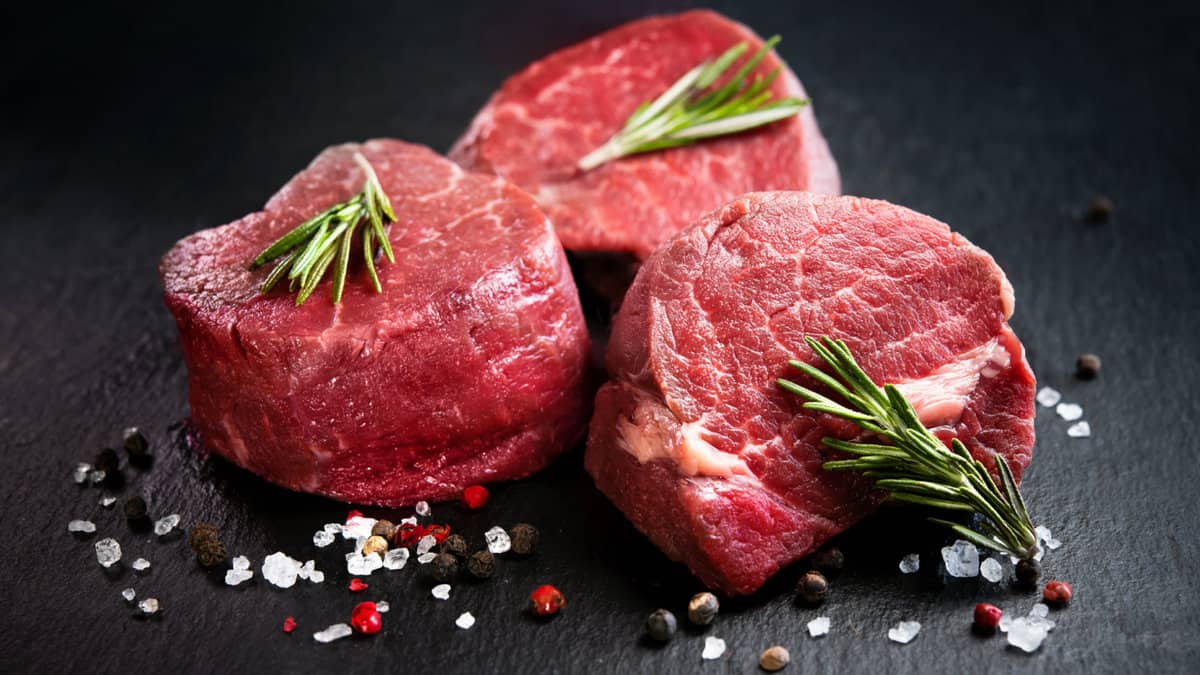
There are two reasons you should never start with cold meat straight from the refrigerator: sear and cook time.
When cooking meat, most of the time you want to start out with a hot pan to get a nice sear on the outside. But this requires the pan to stay hot after you add in the meat - which it is more likely to do if the meat has had time to warm up at least slightly first. If you place a very cold piece of meat in the pan, that meat will instead cool the pan and fats down.
Further, if you want to make cooking quicker, room-temperature meat is the way to go. Allow it to rest for 30 minutes at room temperature before cooking, and it will finish cooking much quicker - and cook more evenly!
No Rest Time
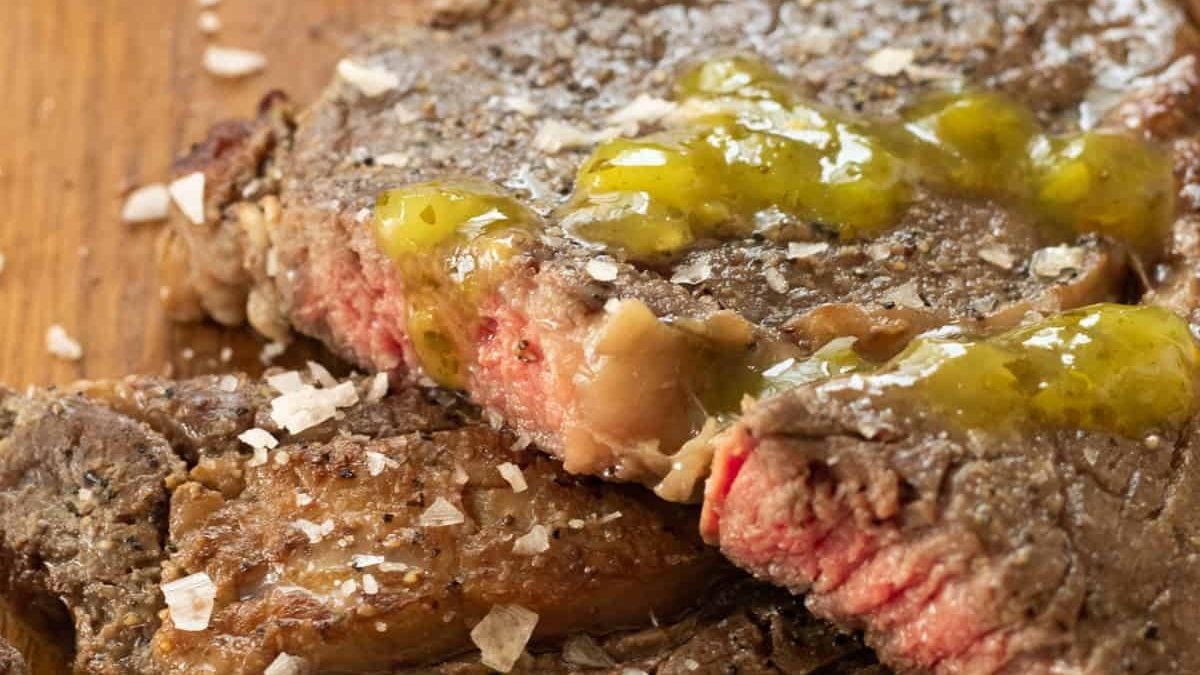
Cutting meat immediately after cooking can cause juices to escape, resulting in dryness. This is why most chefs and recipe creators suggest allowing the meat to rest for a few minutes. As a bonus, you can then remove it from the heat sooner, wrap it in foil, and allow it to finish cooking off the heat. This means it is also much less likely to be overdone!
Seasoning Only At The End
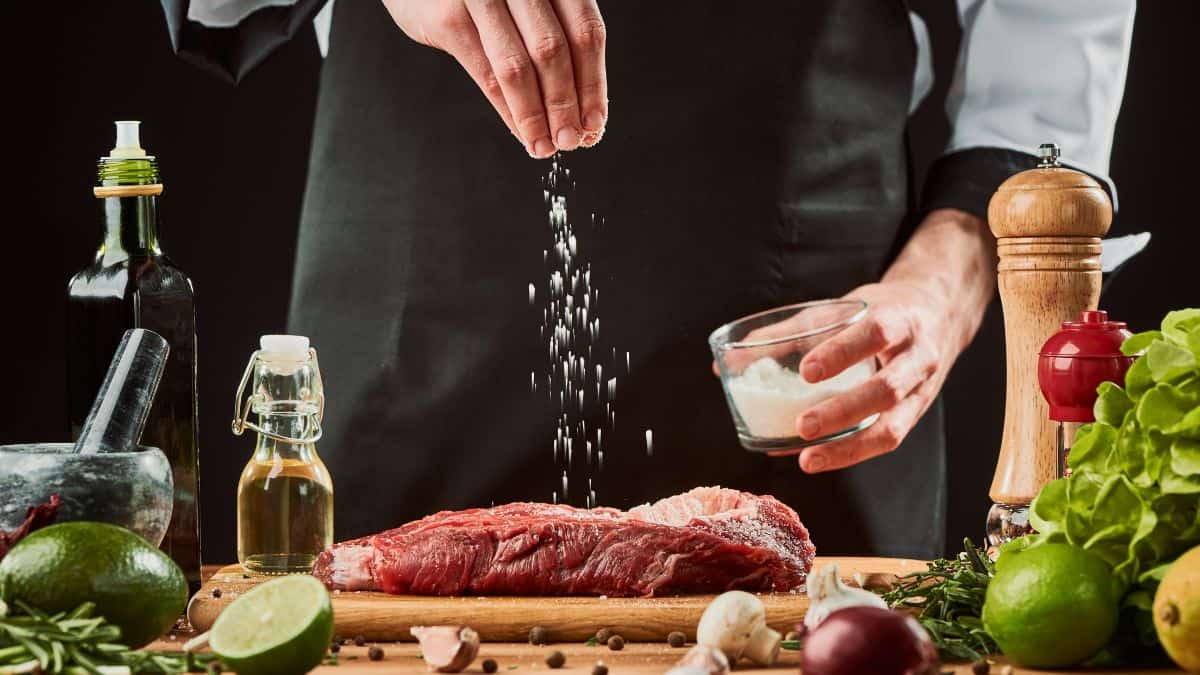
If you want to add maximum flavor to your dishes, you will want to season early on. Now some recipes will clearly state not to salt until the end, and then you should absolutely follow it - if a lot of salty ingredients are used already you might not need to add any salt. But if you're cooking chicken for a pasta sauce or cooking something on the grill, make sure you season before cooking, so the flavor has time to develop.
Not Tasting

Neglecting to taste your dishes during cooking can lead to unbalanced flavors. I recommend frequent taste tasting (whenever appropriate with regard to food safety, of course) and fine-tuning seasonings to achieve a delicious outcome. Taste as you go whenever possible, and adjust to your liking! And always taste test the finished dish before serving.


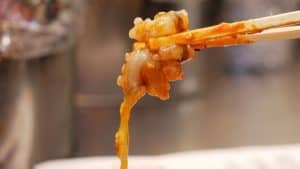

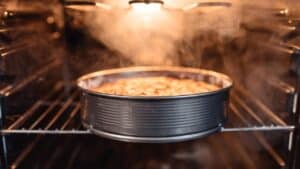
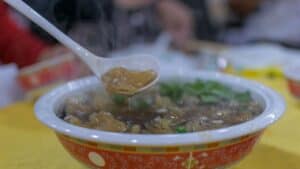
Comments
No Comments